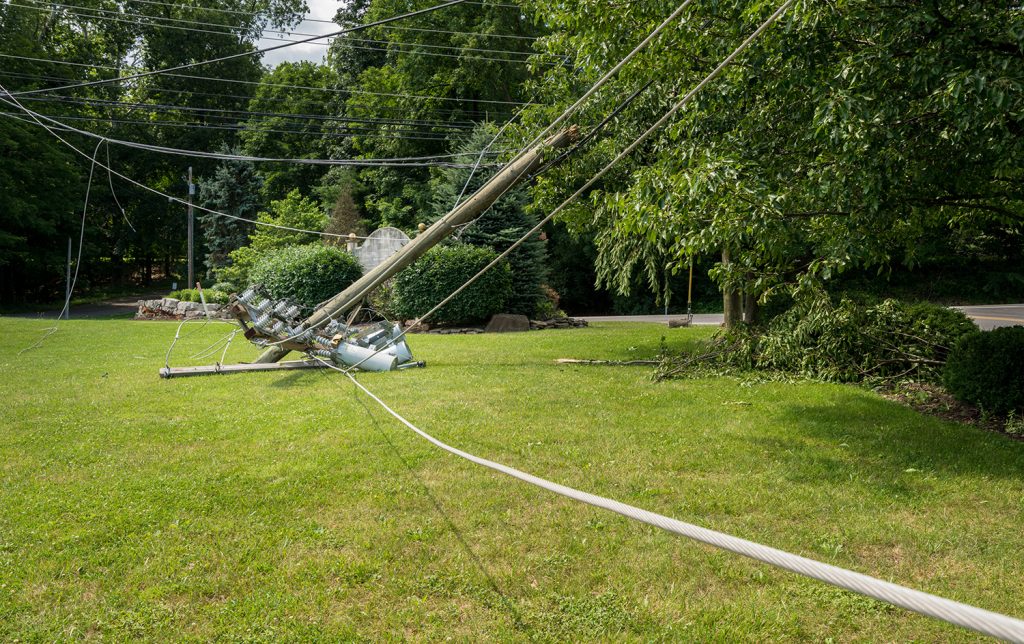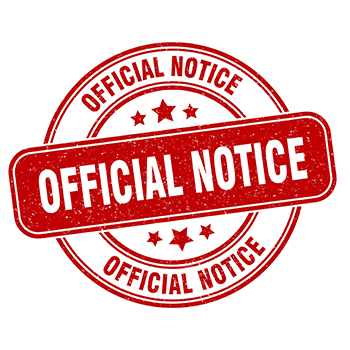
by Ryan Strohbeck
When we lose electric service, we have come to expect it will be restored in a short time. But when a devastating storm causes major damage over a widespread area, longer outages cannot be helped.
It involves much more than flipping a switch at a substation or pulling a fallen tree off a downed power line. Your local line crews work around the clock resetting poles and rebuilding miles of line, and these arduous tasks need to be completed methodically to be done safely. Sometimes, it requires extra hands of highly trained workers from electric cooperatives in neighboring counties, other parts of Indiana, and even from neighboring states coordinated by specialists from Indiana Electric Cooperatives to come to the aid of your local crews who all work together.
In many cases, resetting or replacing fallen and broken poles also requires calling 811 — the Indiana “call before you dig” service — before crews can dig new holes. This is required to locate other buried utilities along the right-of-way and can add time to the restoration.
Every electric cooperative follows a basic principle when it comes to restoring power: priority is given to the lines that get the most back in service the quickest. Here’s a basic order of repair:
- Transmission lines. These high voltage lines carry electricity from generating plants to substations (or between substations). Since tens of thousands of people could be served by one transmission line, damage here needs to be taken care of first.
- Substations. These electrical facilities contain equipment that switch or regulate the voltage of electricity. They lower the voltage from the transmission lines so the electricity can be transmitted through the distribution lines. Problems here can affect thousands of consumers.
- Main distribution lines. You see these along roadways. They carry electricity from the substations to groups of consumers, like towns or housing developments.
- Tap lines. These lines run from the main distribution lines to utility poles and underground transformers outside houses or buildings.
- Individual service. These lines run from the transformer on the pole along the road, street or underground box to the consumer’s electric meter on the side of the home or business.
Even after a major storm, report an outage to your electric cooperative. This will help line crews assess the extent of the damage and isolate and repair problems as soon as possible.
RYAN STROHBECK is the engineer/operations manager at Harrison REMC.



